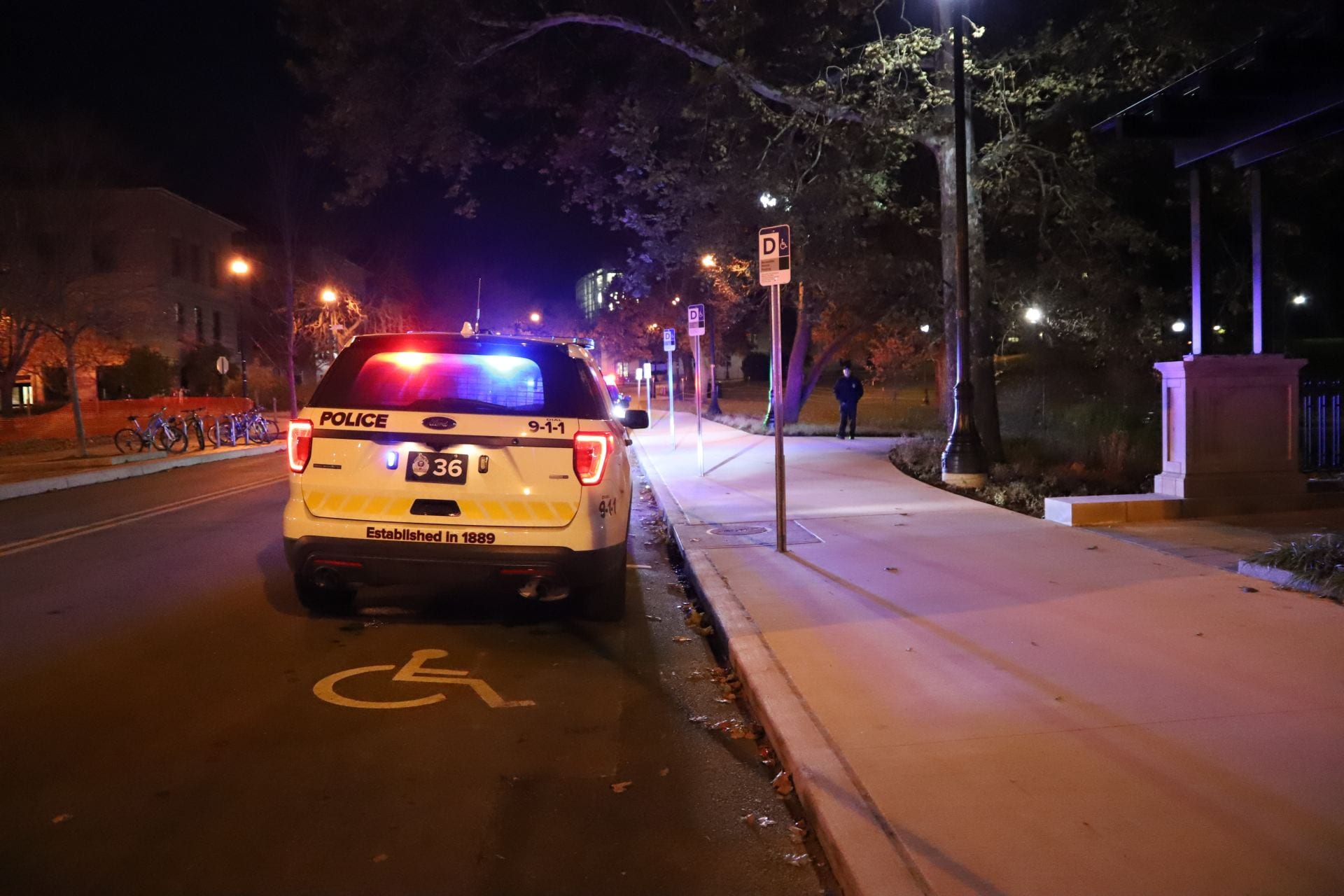
Kenny Greer/The Lantern
The Wood family walks for autism research Sunday outside the Schottenstein Center. Nine-year-old Joshua (second from right) was diagnosed with autism at age three.
“Every one of you is a hero because you are working to find a cure,” said E. Gordon Gee, president of Ohio State and honorary Walk Now for Autism chairman.
The march is the first Walk Now for Autism event in Columbus, but there are now plans to hold it annually.
Marci Ingram, the top fundraiser for the Columbus march, said the march is more than a fundraising event; it is a place for families and friends dealing with autism to know they are not alone.
“I did not have anyone who I could talk to when my son, Chris, was diagnosed 12 years ago,” Ingram said.
The walk also featured an autism resource fair in the atrium of the Schott.
“It enables the public to know what is available,” said Michael Aman, professor of psychiatry and psychology and director of research at OSU’s Nisonger Center. The Autism Spectrum Disorders Clinic at the Nisonger Center is an example of OSU’s commitment to autism treatment research, Aman said.
Ohio is a key area for the fight against autism, said Bob Wright, co-founder of Autism Speaks and sponsor of the march. “The politics of the nation are in Ohio,” Wright said. “We need that political power.”
Politicians in attendance included Steve Stivers, Ohio’s 15th Congressional District Republican candidate.
Being able to interact with children at the walk helps aid research, said Jill Hollway, a graduate student in psychology and research associate at the Nisonger Center.
“Meeting these families and children is directly helping to fuel my research,” Hollway said.
Autism spectrum disorders are diagnosed in one out of 150 children in the United States, affecting four times as many boys as girls, according to the Autism Speaks Web site.
The diagnosis of autism has increased tenfold in the last decade.
“It should not exist,” Gee said. “We can cure this.”
Autism 101: quick facts-Autism is a complex neurobiological disorder that typically lasts throughout a person’s lifetime-It was first identified in 1943 by Dr. Leo Kanner of Johns Hopkins Hospital-It is part of a group of disorders known as autism spectrum disorders (ASD)-Today, 1 out of 150 individuals is diagnosed with autism, making it more common than pediatric cancer, diabetes and AIDS combined-It occurs in all racial, ethnic and social groups-It is four times more likely to strike boys than girls-It is associated with rigid routines and repetitive behaviors, such as obsessively arranging objects or following very specific routines.Facts compiled by Lantern staffSource: Autism Speaks Web site
Amber Phelps can be reached at [email protected].


